10 Best Art Therapy Activities for Stress Reduction
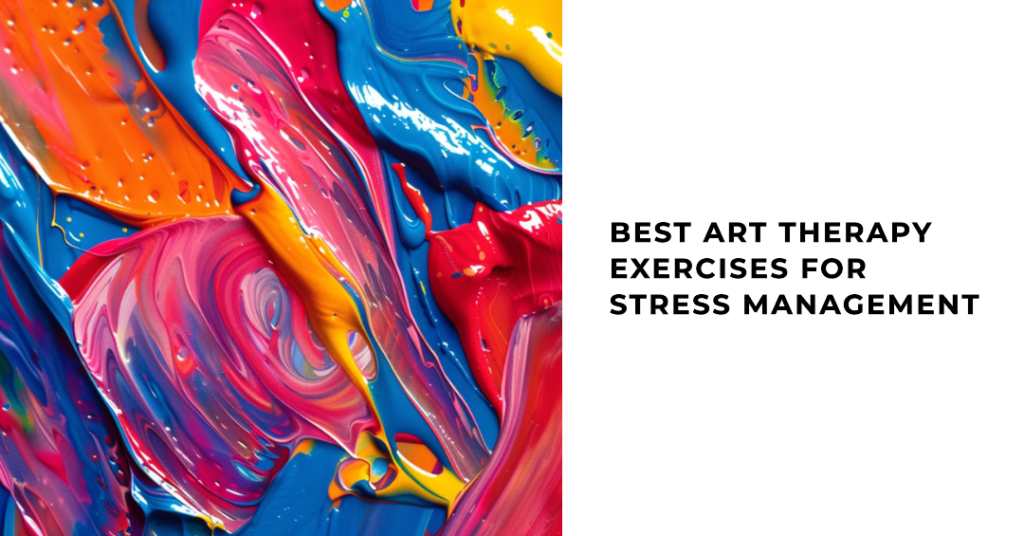
Table of Contents
- The Benefits of Art Therapy for Stress Reduction
- Research Findings and Art Therapy Activities
- 1. Mandala Coloring
- 2. Zentangle Drawing
- 3. Collage Making
- 4. Finger Painting
- 5. Doodle Drawing
- 6. Guided Imagery Drawing
- 7. Gratitude Journaling
- 8. Nature Drawing
- 9. Sculpture Making
- 10. Art Journaling
- Conclusion
In today’s fast-paced and often stressful world, it’s more important than ever to find ways to relax, unwind, and take care of our mental health. One powerful tool for reducing stress and promoting well-being is art therapy. Art therapy is a form of psychotherapy that uses creative activities like drawing, painting, and sculpting to help people express themselves, explore their emotions, and cope with stress and other challenges.
According to the American Art Therapy Association, art therapy can be used to improve cognitive and sensory-motor functions, foster self-esteem and self-awareness, cultivate emotional resilience, promote insight, enhance social skills, reduce and resolve conflicts and distress, and advance societal and ecological change. In other words, art therapy is a versatile and effective tool for promoting mental health and well-being.
One of the great things about art therapy is that it can be used by people of all ages and backgrounds, regardless of artistic ability or experience. Whether you’re a seasoned artist or a complete beginner, engaging in creative activities can help you relax, express yourself, and explore your inner world.
The Benefits of Art Therapy for Stress Reduction
If you’re interested in learning more about art therapy and how it can benefit you, check out our introduction to art therapy. This comprehensive guide will give you an overview of the history, theory, and practice of art therapy, as well as some practical tips and activities to get you started.
In this article, we’ll explore 10 specific art therapy activities that you can use to reduce stress, promote relaxation, and improve your overall well-being. These activities are simple, fun, and accessible to everyone, and they can be done with minimal materials and equipment. So whether you’re looking to take a break from a busy day, cope with a difficult emotion, or simply explore your creative side, these art therapy exercises are a great place to start.
Research Findings and Art Therapy Activities
But before we dive into the activities themselves, let’s take a moment to talk about the benefits of art therapy for stress reduction. When we’re stressed, our bodies go into “fight or flight” mode, releasing hormones like cortisol and adrenaline that can lead to physical and emotional symptoms like tension, anxiety, and irritability. Engaging in creative activities like art therapy can help counteract these stress responses by promoting relaxation, mindfulness, and self-expression.
According to a study published in the Journal of the American Art Therapy Association, art therapy can be an effective intervention for reducing stress and anxiety in adults. The study found that participants who engaged in a 45-minute art therapy session experienced significant reductions in cortisol levels and self-reported stress and anxiety symptoms, compared to a control group.
Another study published in the Journal of Pain and Symptom Management00330-2/fulltext) found that art therapy can be an effective complementary therapy for cancer patients, helping to reduce pain, fatigue, and emotional distress. The study found that patients who engaged in art therapy reported significant improvements in their overall quality of life and sense of well-being.
So whether you’re dealing with chronic stress, anxiety, or a medical condition, art therapy can be a powerful tool for promoting relaxation, reducing symptoms, and improving your overall well-being. And the best part is, you don’t need any special skills or training to get started – all you need is a willingness to explore your creativity and express yourself.
So without further ado, let’s dive into our 10 art therapy activities for stress reduction. Whether you’re a complete beginner or an experienced artist, these activities are designed to help you relax, unwind, and tap into your inner creativity. So grab some art supplies, find a quiet space, and let’s get started!

1. Mandala Coloring
Mandala coloring is a popular art therapy activity that involves coloring intricate geometric patterns. This activity can be incredibly relaxing and meditative, as it allows you to focus on the present moment and let go of any stress or anxiety.
To get started with mandala coloring, all you need is a mandala coloring book and some colored pencils or markers. You can find mandala coloring books at most bookstores or online retailers. Once you have your materials, simply choose a mandala that speaks to you and start coloring!
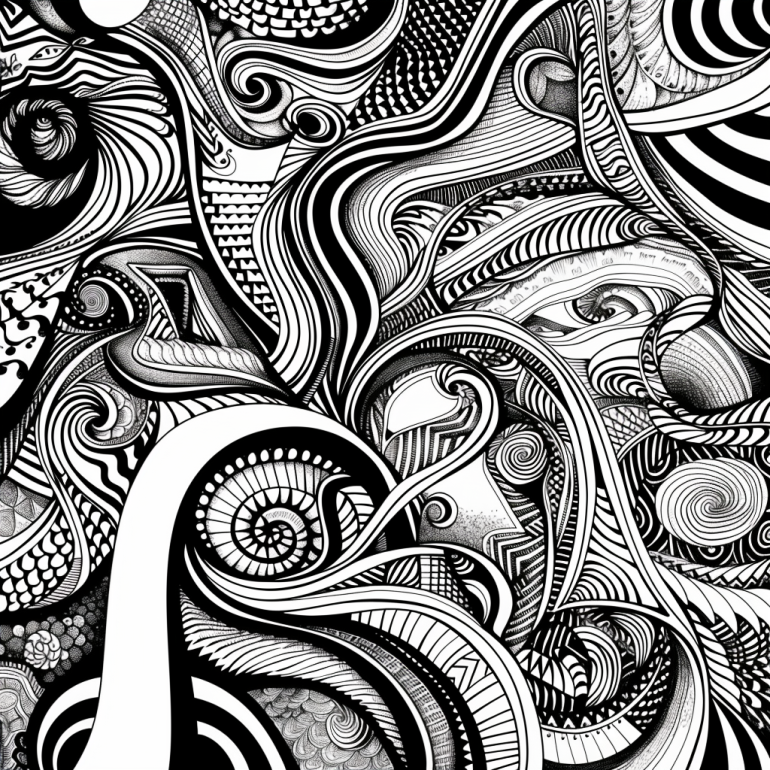
2. Zentangle Drawing
Zentangle drawing is another popular art therapy activity that involves creating intricate patterns and designs using repetitive strokes. This activity can be incredibly calming and meditative, as it allows you to focus on the process of creating rather than the end result.
To get started with Zentangle drawing, all you need is a pen and some paper. You can find Zentangle drawing tutorials online or in books. Once you have your materials, simply start drawing repetitive patterns and designs until you feel relaxed and centered.

3. Collage Making
Collage making is a fun and creative art therapy activity that involves cutting and pasting images and words from magazines, newspapers, or other sources to create a unique piece of art. This activity can be a great way to express your emotions and explore your inner world.
To get started with collage making, all you need is some magazines, newspapers, or other sources of images and words, scissors, glue, and a piece of paper or canvas. Once you have your materials, simply start cutting out images and words that speak to you and arranging them on your paper or canvas until you have a collage that represents your thoughts and feelings.
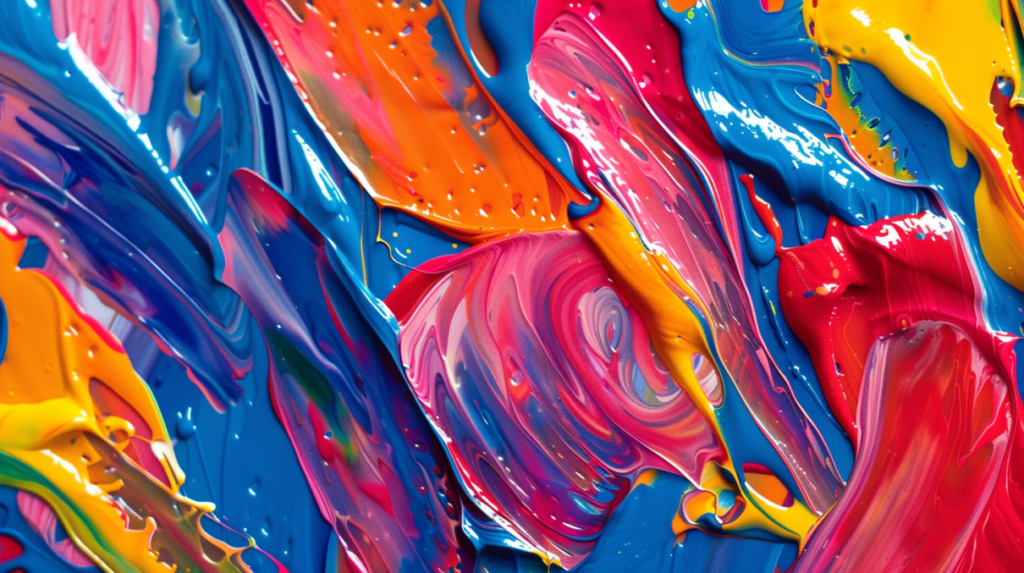
4. Finger Painting
Finger painting is a fun and playful art therapy activity that involves using your fingers to create colorful and expressive works of art. This activity can be a great way to let go of inhibitions and express yourself freely.
To get started with finger painting, all you need is some finger paint and a piece of paper or canvas. Once you have your materials, simply dip your fingers in the paint and start creating!
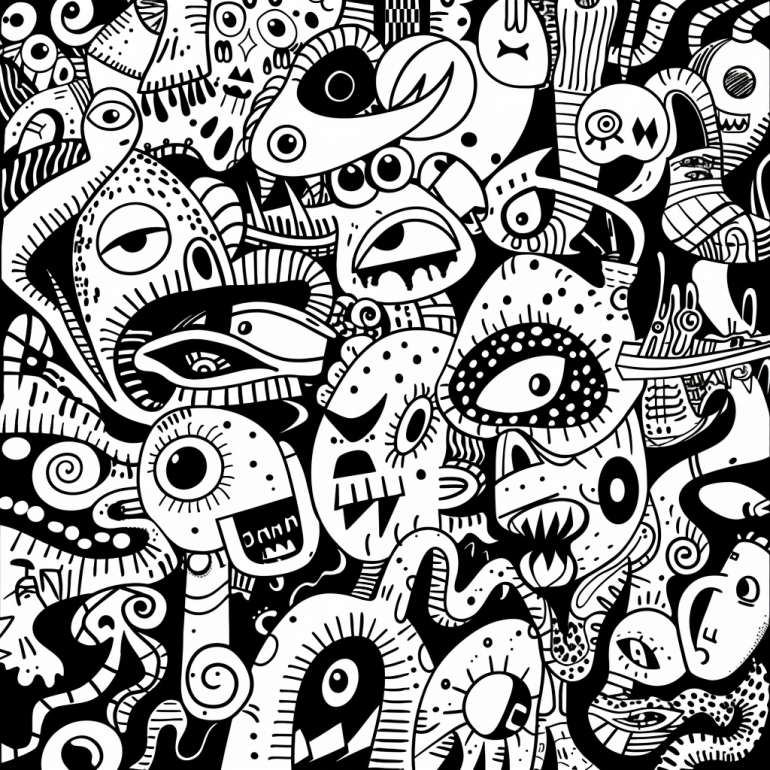
5. Doodle Drawing
Doodle drawing is a simple and relaxing art therapy activity that involves creating spontaneous and abstract drawings using lines, shapes, and patterns. This activity can be a great way to clear your mind and reduce stress.
To get started with doodle drawing, all you need is a pen or pencil and some paper. Once you have your materials, simply start drawing whatever comes to mind, without worrying about creating a specific image or design.
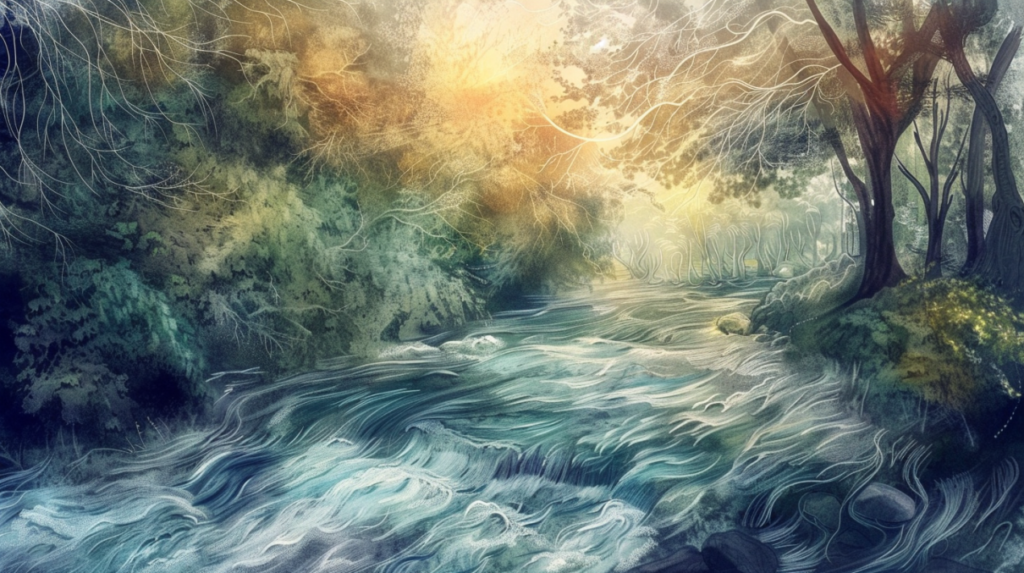
6. Guided Imagery Drawing
Guided imagery drawing is an art therapy activity
that involves creating a drawing based on a guided visualization or meditation. This activity can be a great way to explore your inner world and connect with your emotions.
To get started with guided imagery drawing, find a quiet and comfortable space where you won’t be disturbed. Close your eyes and take a few deep breaths, then listen to a guided visualization or meditation. As you listen, allow images and colors to come to mind, and then open your eyes and start drawing what you saw or felt.
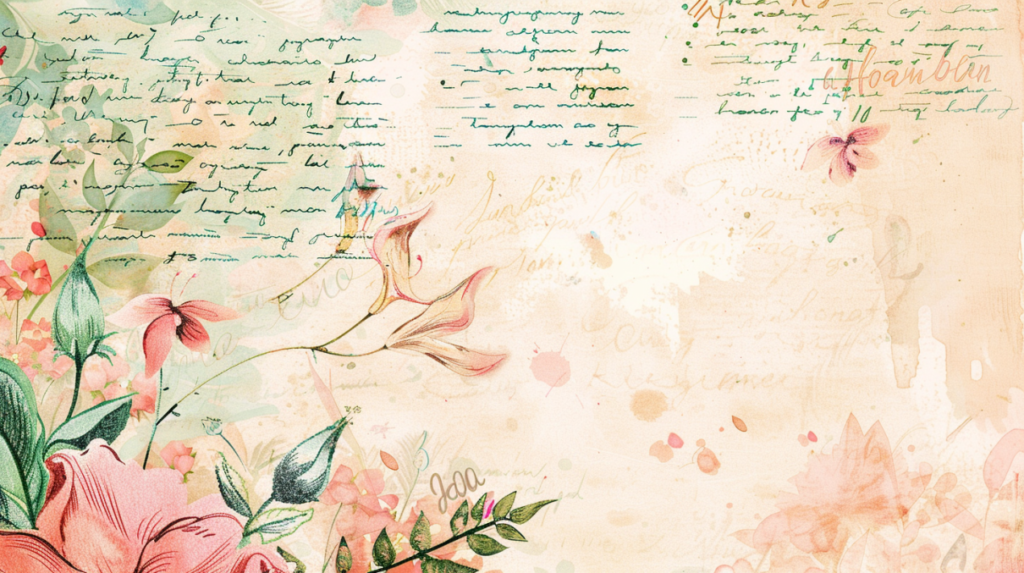
7. Gratitude Journaling
Gratitude journaling is an art therapy activity that involves writing down things you are grateful for each day. This activity can be a great way to shift your focus from stress and negativity to positivity and appreciation.
To get started with gratitude journaling, all you need is a journal or notebook and a pen. Each day, take a few minutes to write down three things you are grateful for. These can be big things, like your health or your family, or small things, like a delicious meal or a beautiful sunset.
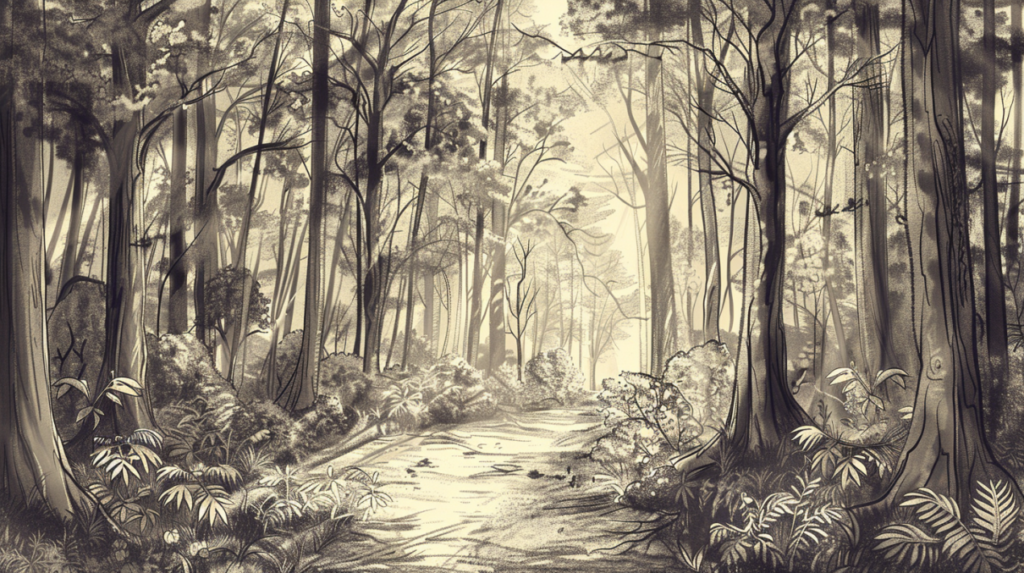
8. Nature Drawing
Nature drawing is an art therapy activity that involves creating drawings inspired by the natural world. This activity can be a great way to connect with the beauty and peace of nature, and to reduce stress and anxiety.
To get started with nature drawing, find a quiet and peaceful spot in nature, such as a park or a forest. Bring a sketchbook and some drawing materials, and take some time to observe the natural world around you. Then, start drawing what you see, focusing on the colors, shapes, and textures of the plants, animals, and landscapes around you.
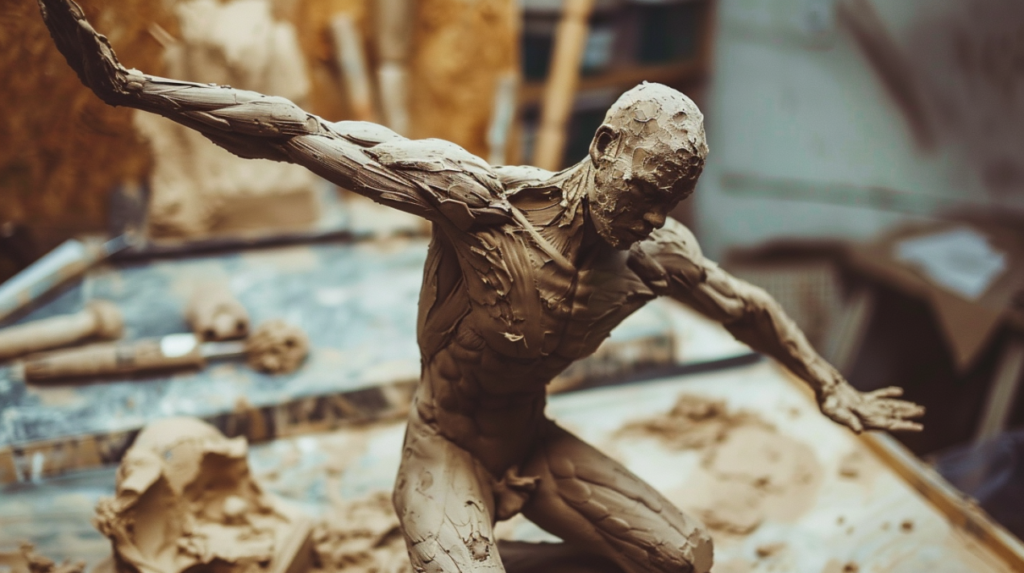
9. Sculpture Making
Sculpture making is an art therapy activity that involves creating three-dimensional works of art using materials like clay, wire, or paper mache. This activity can be a great way to express your emotions and explore your creativity.
To get started with sculpture making, choose a material that speaks to you, such as clay or wire. Then, start shaping and molding the material into a form that represents your thoughts and feelings. Don’t worry about creating a perfect or realistic sculpture – the goal is to express yourself and let your creativity flow.
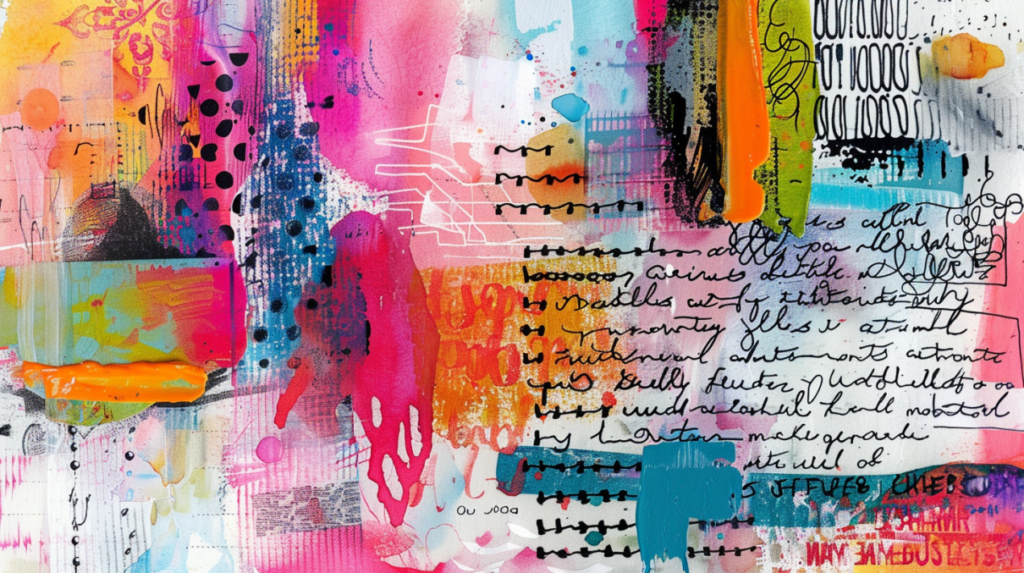
10. Art Journaling
Art journaling is an art therapy activity that combines writing and visual art to create a unique and expressive journal. This activity can be a great way to process your emotions, explore your inner world, and reduce stress and anxiety.
To get started with art journaling, all you need is a journal or sketchbook, some writing and drawing materials, and an open mind. Each day, take some time to write about your thoughts and feelings, and then add visual elements like drawings, collages, or paintings to illustrate your words.
Conclusion
Art therapy is a powerful tool for reducing stress, promoting relaxation, and improving overall well-being. By engaging in creative activities like drawing, painting, sculpting, and journaling, we can express ourselves, explore our emotions, and find a sense of calm and inner peace.
| Activity | Description | Benefits |
|---|---|---|
| Mandala Coloring | Coloring intricate geometric patterns | Relaxation, mindfulness, stress reduction |
| Zentangle Drawing | Creating intricate patterns and designs using repetitive strokes | Calming, meditative, focus on the process |
| Collage Making | Cutting and pasting images and words to create a unique piece of art | Emotional expression, self-exploration |
| Finger Painting | Using fingers to create colorful and expressive works of art | Letting go of inhibitions, free self-expression |
| Doodle Drawing | Creating spontaneous and abstract drawings using lines, shapes, and patterns | Clearing the mind, stress reduction |
| Guided Imagery Drawing | Creating a drawing based on a guided visualization or meditation | Exploring inner world, emotional connection |
| Gratitude Journaling | Writing down things you are grateful for each day | Shifting focus to positivity and appreciation |
| Nature Drawing | Creating drawings inspired by the natural world | Connecting with nature, reducing stress and anxiety |
| Sculpture Making | Creating three-dimensional works of art using materials like clay, wire, or paper mache | Emotional expression, exploring creativity |
| Art Journaling | Combining writing and visual art to create an expressive journal | Processing emotions, self-exploration, stress reduction |
The 10 art therapy activities we’ve explored in this article are just a starting point – there are countless other ways to use art and creativity to reduce stress and promote well-being. Whether you prefer to color mandalas, create collages, or simply doodle in a sketchbook, the key is to find an activity that resonates with you and makes you feel good.
If you’re interested in learning more about art therapy and how it can benefit different populations, be sure to check out our other blog articles. For example, our article on art therapy exercises for dementia explores how art therapy can be used to improve cognitive function and quality of life for people with dementia and Alzheimer’s disease.
We also have articles on art therapy for addiction recovery, art therapy for veterans, art therapy for autism, and art therapy for grief recovery, among others. Each of these articles explores how art therapy can be tailored to meet the unique needs and challenges of different populations, and offers practical tips and exercises for getting started.
And if you’re a parent or teacher looking to use art therapy with children and teenagers, be sure to read our articles on art therapy activities for teenagers and art therapy exercises to unleash children’s potential. These articles offer fun and engaging ways to use art and creativity to help kids and teens express themselves, build self-esteem, and develop important life skills.
But art therapy isn’t just for kids and teens – it can be beneficial for adults and seniors as well. Our articles on art therapy for seniors and the benefits of art therapy for adults explore how art therapy can be used to promote healthy aging, reduce stress and anxiety, and improve overall quality of life.
And if you’re interested in pursuing a career in art therapy or incorporating art therapy techniques into your existing practice, be sure to check out our online art therapy practitioner certification. This comprehensive course will give you the knowledge, skills, and tools you need to start using art therapy with clients of all ages and backgrounds.
At the end of the day, art therapy is about using creativity and self-expression to promote healing, growth, and well-being. Whether you’re dealing with stress, anxiety, addiction, grief, or any other challenge, engaging in art therapy activities can help you find a sense of peace, purpose, and inner strength.
So why not give it a try? Grab some art supplies, find a quiet space, and start exploring your creativity today. You might be surprised at just how powerful and transformative art therapy can be.

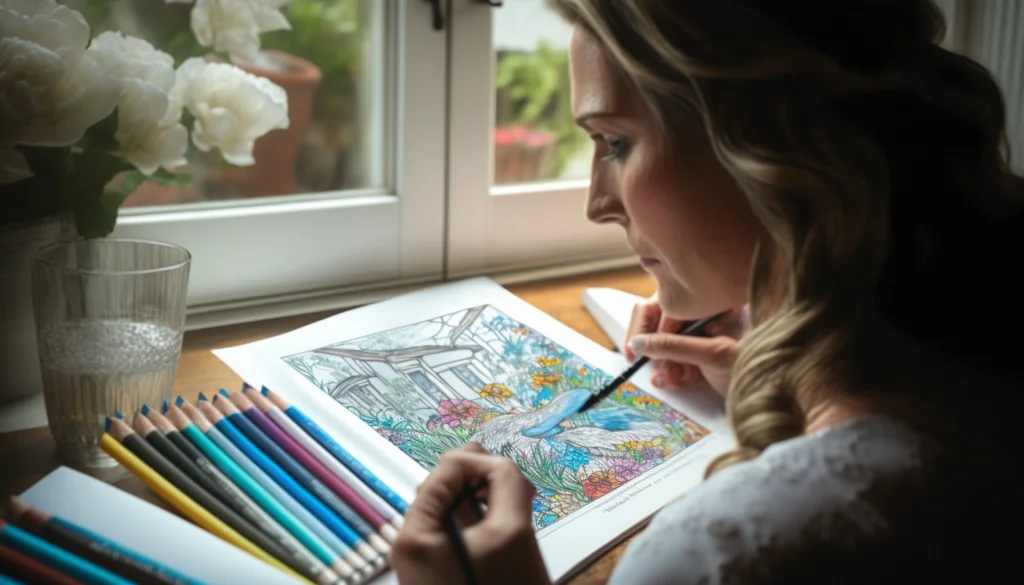
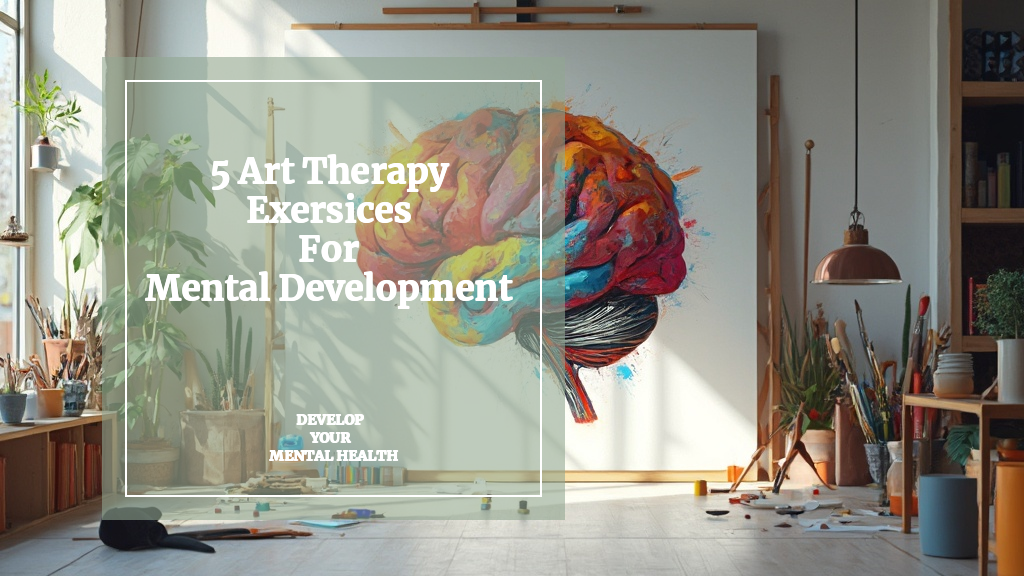
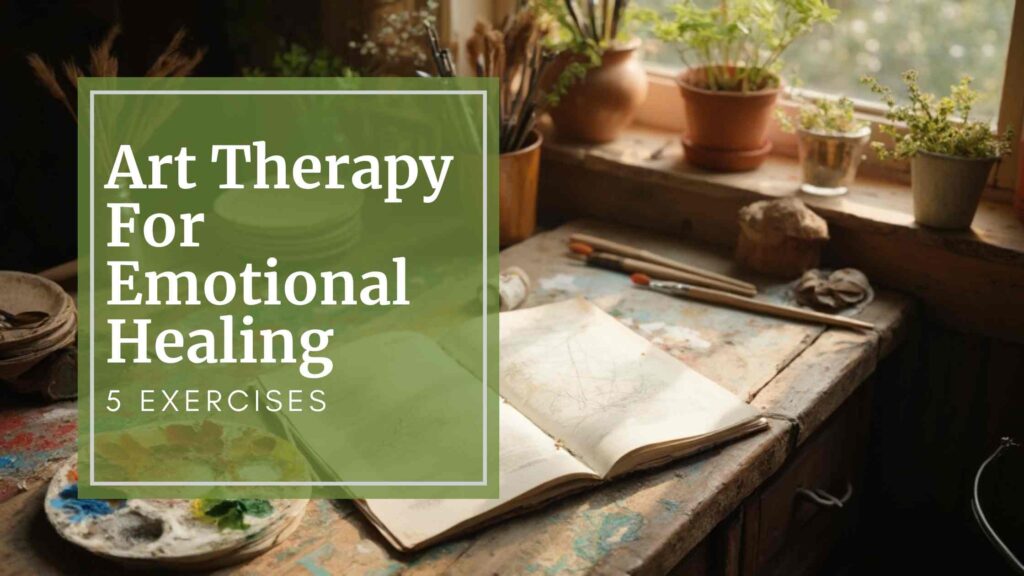
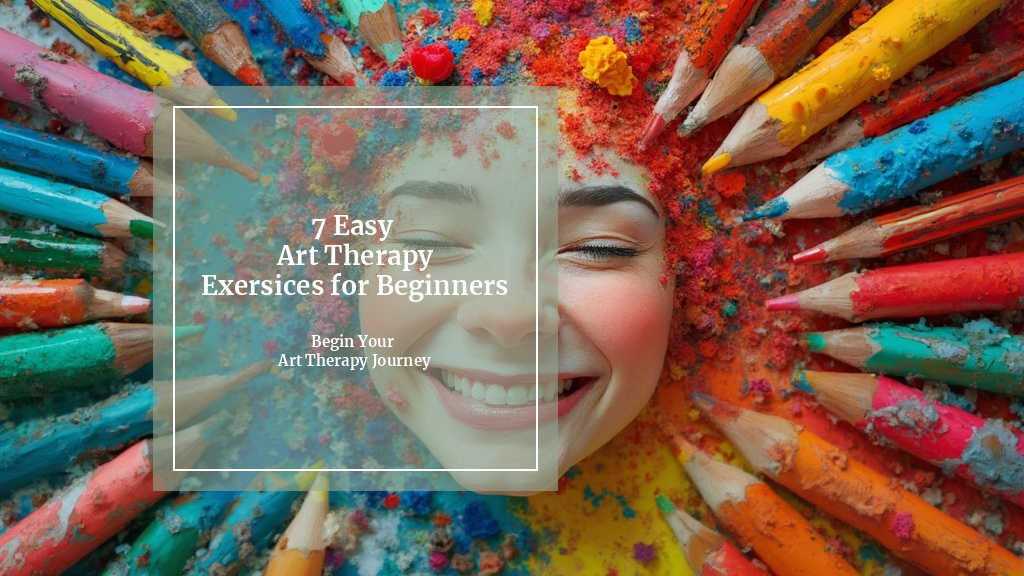
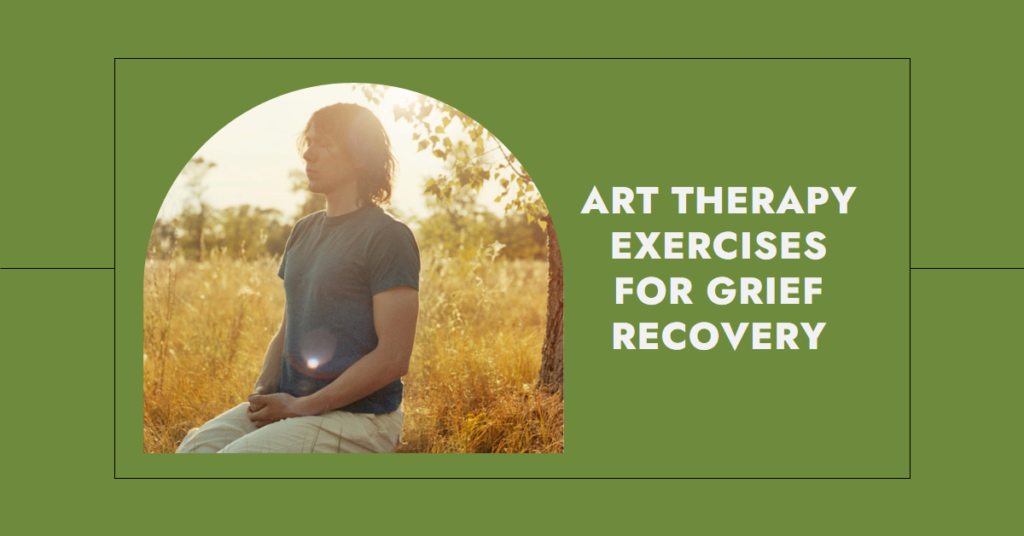


Very similar activities to the trauma article. So many interesting crossovers.
I’m loving all these resources. THANK YOU!
[…] more creative practices that promote relaxation, explore art therapy activities like mandala coloring or zentangle drawing, which can also contribute to stress […]